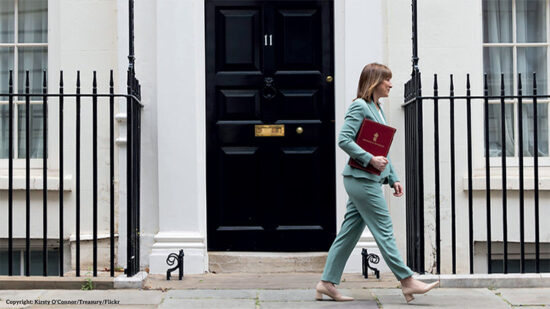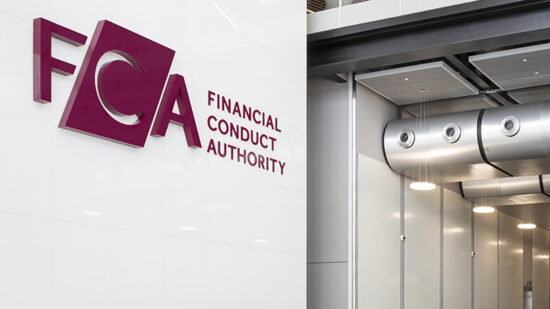The South African Department of Social Development (DSD) has put forward a proposal to introduce a centrally-managed public fund to provide retirement, survivor, disability benefits and unemployment benefits.
The Green Paper on Comprehensive Social Security and Retirement Reform states that the “most notable gap” in the South African system is the “absence of a mandatory contributory public” fund to provide these benefits.
Private and voluntary schemes “partially fill this gap”, the government said, but there are still around 6.2 million workers who are excluded from such arrangements.
The reform would introduce a National Social Security Fund (NSSF) where all employers and employees will be obliged to contribute in, initially between 8% and 12% on qualifying earnings up to a certain limit.
The threshold will be based on the unemployment insurance fund (UIF) ceiling, which is currently set at ZAR 276,000 (£13,542, $18,775, €15,975) per annum.
The rate will be agreed following consultations.
The proposal also sets out that the government should subsidise contributions for low earners to “minimise disruption to the demand or supply of labour associated with the introduction of mandatory contributions”.
The scheme
The DSD added: “Several countries have mandatory schemes that provide retirement savings for their citizens. Although some occupational schemes are mandatory as conditions of employment, South Africa does not have a mandatory public social security fund that is based on social security principles of risk pooling and social solidarity.”
The system will be made up of four tiers:
- Tier 1 will be available to everyone and will be non-contributory;
- Tier 2 will be mandatory with contributions up to a certain threshold and will pay out retirement, death and disability benefits;
- Tier 3 will be phased in via an auto-enrolment model providing approved retirement funds benefits, including annuities; and,
- Tier 4 will be voluntary with contributions securing private savings and insurance benefits.
The DSD continued: “It is proposed that employees earning below an income threshold [of] ZAR 22,320 per year should not be obliged to contribute to the NSSF for retirement or risk benefits but will continue to contribute to the UIF.
“A simplified contribution arrangement for self-employed individuals and informal workers will also be established. The NSSF tier 2 will run on a defined-benefit basis.
“A worker’s pension in retirement will be based on career earnings and the duration of contributions. The disability and survivor benefits will be based on salary at the time of injury or death. The NSSF will also pay a flat-rate funeral benefit.”
The green paper also proposes for the fund to provide income protection to all workers and their families. But for those earning above the tax threshold, they will need to contribute additional retirement savings and insurance arrangements to “ensure adequate replacement income”.
The NSSF will be governed by a board which will have the ultimate responsibility for its supervision. The green paper also sets out some ESG principles for the running of the fund, as the board will need to “ensure that they steer the fund towards a sustainable future by adopting sound, ethical and legal governance and financial management policies”.
Pension and life insurance industry reform
The DSD said that members of private pensions “rarely receive a sufficient income in retirement” partly due to not preserving their savings throughout their working lives, and partly because of high administrative costs and fees that erode their pot.
As a result, it has proposed making retirement savings preservation compulsory, except under certain circumstances which include emergency use.
The department suggested that regulatory action may also be needed in tandem to address the issue of excessive fees.
The DSD said: “This paper proposes the introduction of an approved funds framework that creates a market for funds that are eligible for tax-incentivised supplementary (tier 3) retirement provision.
“This framework will establish standards relating to disclosure, investment strategy, risk management, administration, governance and annuitisation. Government will encourage contributions to approved retirement funds through the tax system. Such funds will need to meet consistent standards of care, prudence, governance, fiduciary responsibility, transparency and the control of costs.
“Workers earning above the tax threshold will be encouraged to contribute to such a supplementary pension and insurance plan in addition to their NSSF contributions to ensure adequate provision in the event of death or disability and an adequate income in retirement.
“A default rule is proposed, under which employers will be obliged to auto‐enrol employees for incomes above the tier 2 contribution ceiling – currently ZAR 276,000 per annum – into either the employer’s occupational scheme or the NSSF default fund.
“Employees will be allowed to opt‐out of the employer scheme in favour of the default fund should they deem it more suitable. They would also be able to switch back to a private option if they wish. Movements between retirement funds will not attract any penalties.”
For those that do not have access to an occupational scheme, the NSSF default fund will “participate in tier 3 alongside occupational schemes”, the department added.








